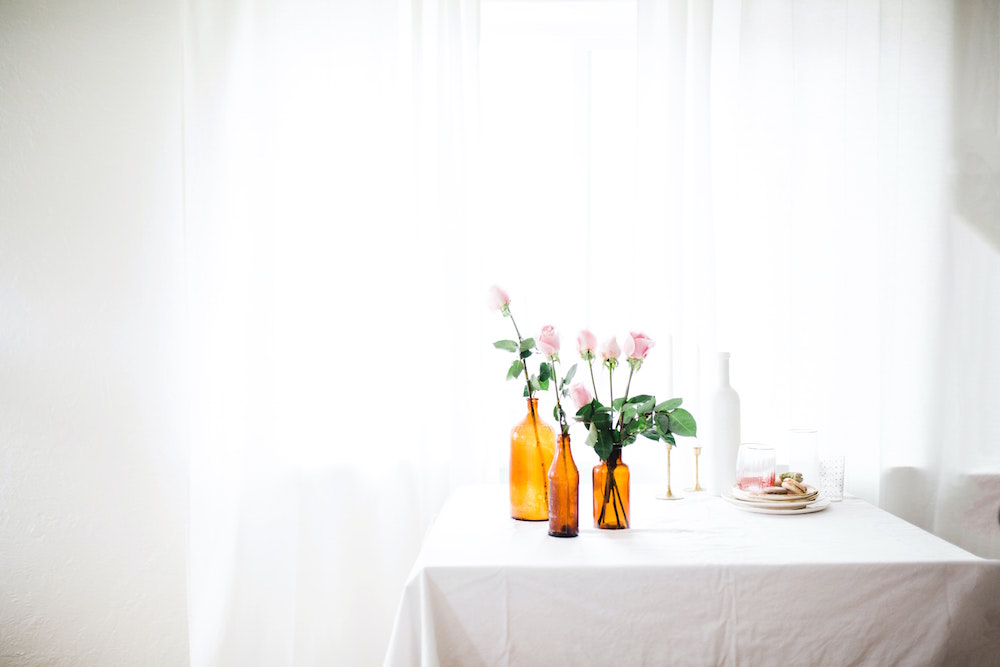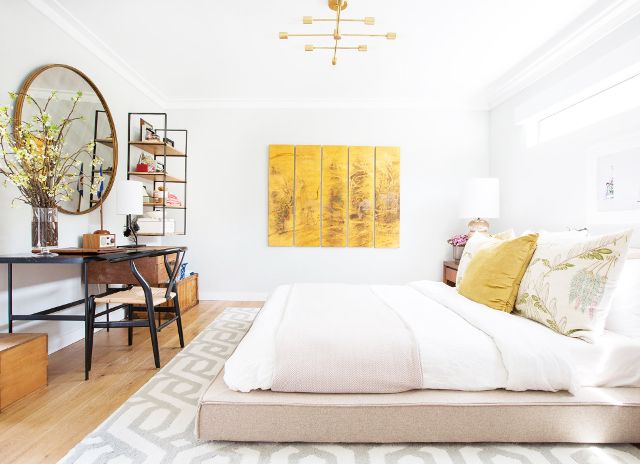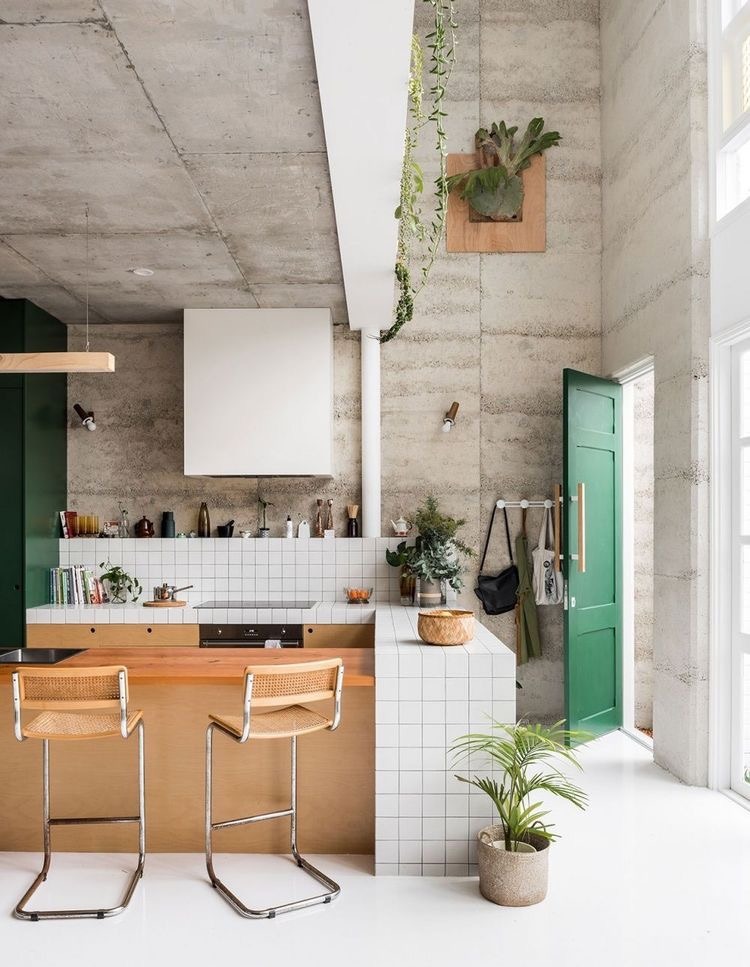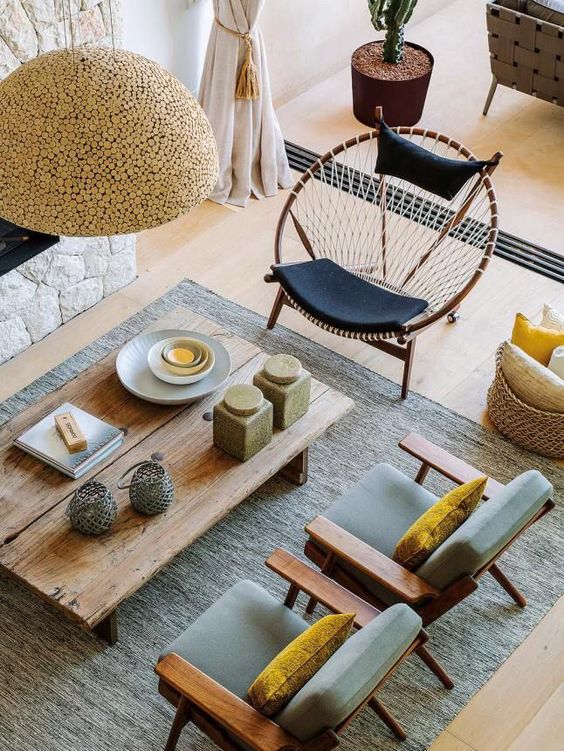Ways to Make your Dining Area “Stand Out” from the Rest
If you are looking to make the right impression on your guests, it is important to think of the aesthetics of your room, as much as it is vital to feed them something that they will want to eat. Home Decor requirements are now becoming an essential part of dining room eating, as much as specific dietary requirements like veganism. Companies such as iQ Linens are supplying the solutions to customers in offering a stylish range of tablecloths that can match any room.
Tablecloths
The Tablecloth has been used since the Middle Ages in all homes except those of the very poorest. Linen was first used by the aristocracy in Italy and France, before spreading through Europe and into other social classes. Cotton and silk later became popular table coverings. The tablecloth serves two purposes in that it is both decorative and functional. In the case of the later, it protects the table from scratches and stains. Various materials are available including: Chenille, Cotton, Lace, Linen, Polyester, Seersucker, and Vinyl. Chenille is characterized by its fuzzy pile which looks just like a caterpillar. Which is interesting because the origin of its French word means “hairy caterpillar”. Seersucker, a puckered-type material, has been around for centuries. It comes from the Persian phrase “shir-o-shakhar”, meaning “milk and sugar”, due to its make-up of alternating textiles. English and French manufacturers then adapted this term and its accompanying fabric for producing it themselves. Linen and cotton tablecloths are the most widely used. Particularly those coloured white or red. Red is particularly popular for occasions such as Christmas and Valentine’s Day, with its associations to the breast of the robin bird and the heart of love. Tablecloths also come in various shapes and sizes, from round to rectangular, and to suit the size of your tables. It may be that you consider the tablecloth last after choosing your other furnishings, so that you can colour match. Why not consider things the other way round?
Curtains
More recently, interior designers have been favouring natural materials such as linen and silk for their curtains. In addition, bamboo and flax curtains are trending. Plain curtains are considered universal to fit in with most interiors. Their colour can be blended with other accessories such as tablecloths and napkins. Pencil pleat curtains have an iconic design in the number of folds that they have, and each the width of a pencil. Attaching to a pole or track, plastic hooks attach them along the header. Ideally, your curtains should be at least one shade lighter or darker than your walls and have similar undertones. Your tablecloths, in contrast, should ideally be as close as possible a match to either your wall or curtain colour.
Cutlery
There are different types of fork, knife, and spoon, depending on their purpose. In respect of the knives on your dinner table, the dull blades should be used for the cutting of cooked or soft foods, whilst the serrated ones reserved for cutting meat. The conventional spoons range in size from a teaspoon to a dessert spoon. There is a hybrid form of spoon, known as a spork, which consists of a shallow scoop combined with between two and four fork-like tines. From a design point of view, there are many international designers of cutlery to choose from. If trying to impress guests, it is best not to have mixed cutlery, and to keep to the same set.
So, with much to consider when “eating in”, we should think about which of these elements is most important. To my mind, it is the tablecloths that match or contrast with our curtains or walls and enhance so beautifully the cutlery on our table.









